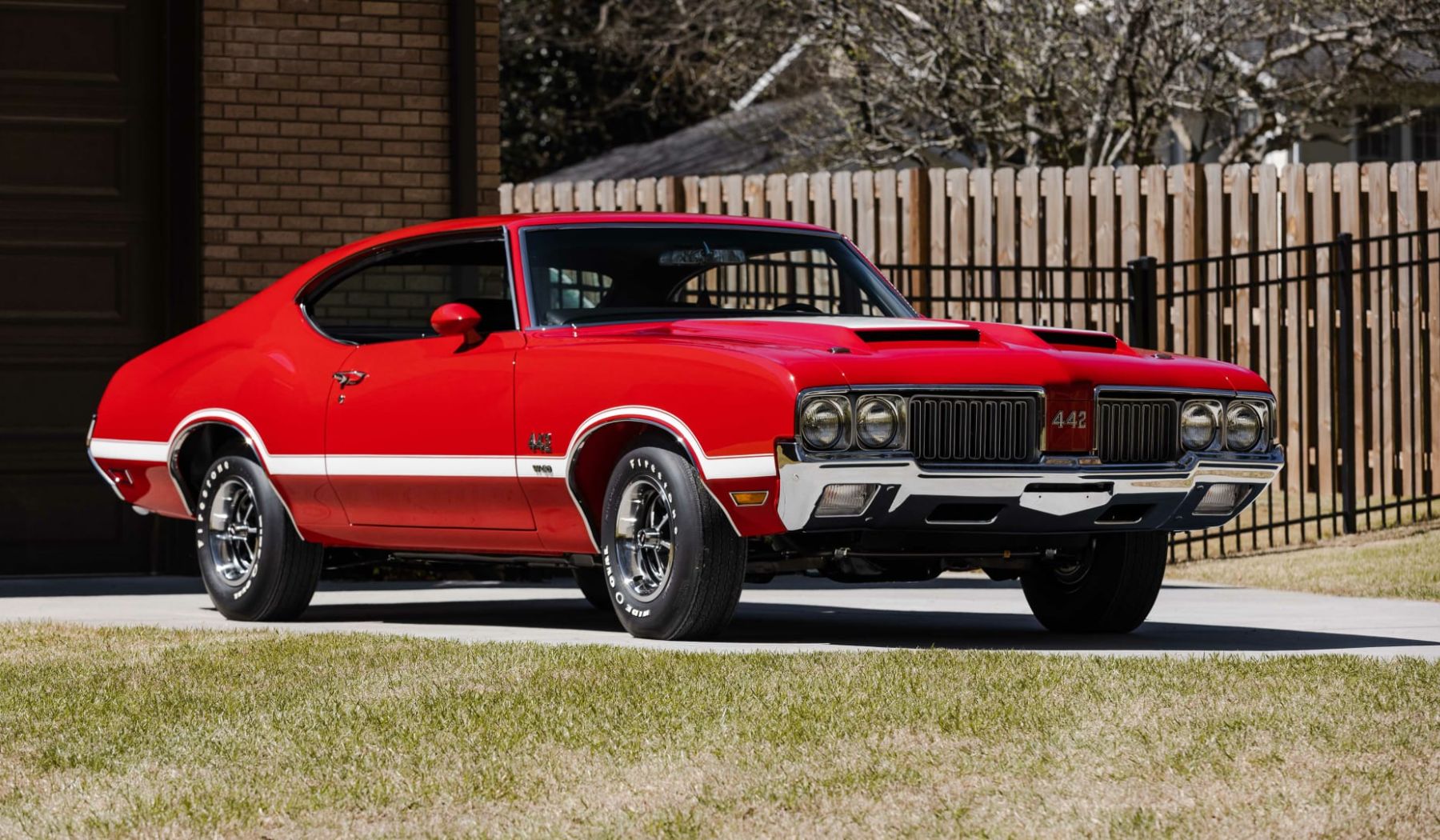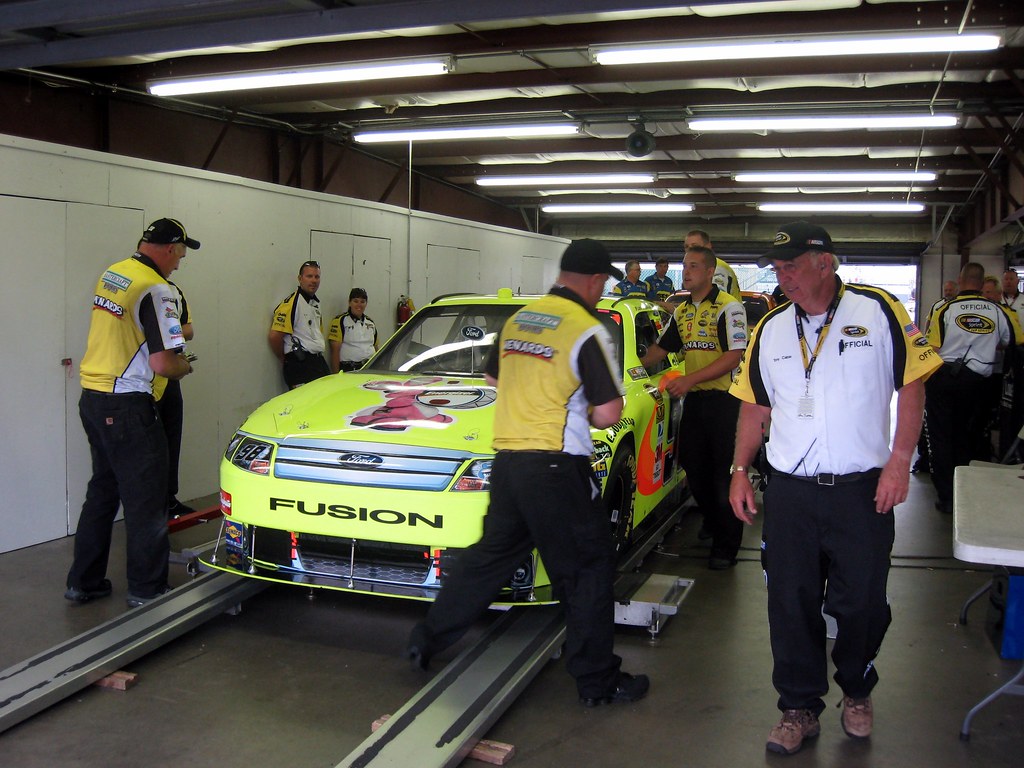
Did you know that nearly one in five vehicles fails its state inspection on the first attempt? While this statistic might seem alarming, what’s often more surprising is that the underlying reasons for most of these failures are entirely preventable with proper maintenance and preparation. Many drivers assume their vehicles are in good condition, only to be caught off guard by issues they didn’t anticipate.
Understanding the common pitfalls that lead to inspection failure can be a true game-changer, saving you not just valuable time and money but also a good deal of frustration. This isn’t merely about avoiding a dreaded rejection sticker; it’s about ensuring your vehicle remains a reliable and safe mode of transport for you and your loved ones.
Whether you’re gearing up for your annual inspection or simply committed to maintaining your vehicle’s overall roadworthiness, knowing precisely what inspectors scrutinize can make all the difference. It’s the knowledge that separates a smooth pass from an expensive return visit. Let’s dive deep into some of the most frequent culprits behind inspection failures and equip you with the practical knowledge to tackle them head-on.
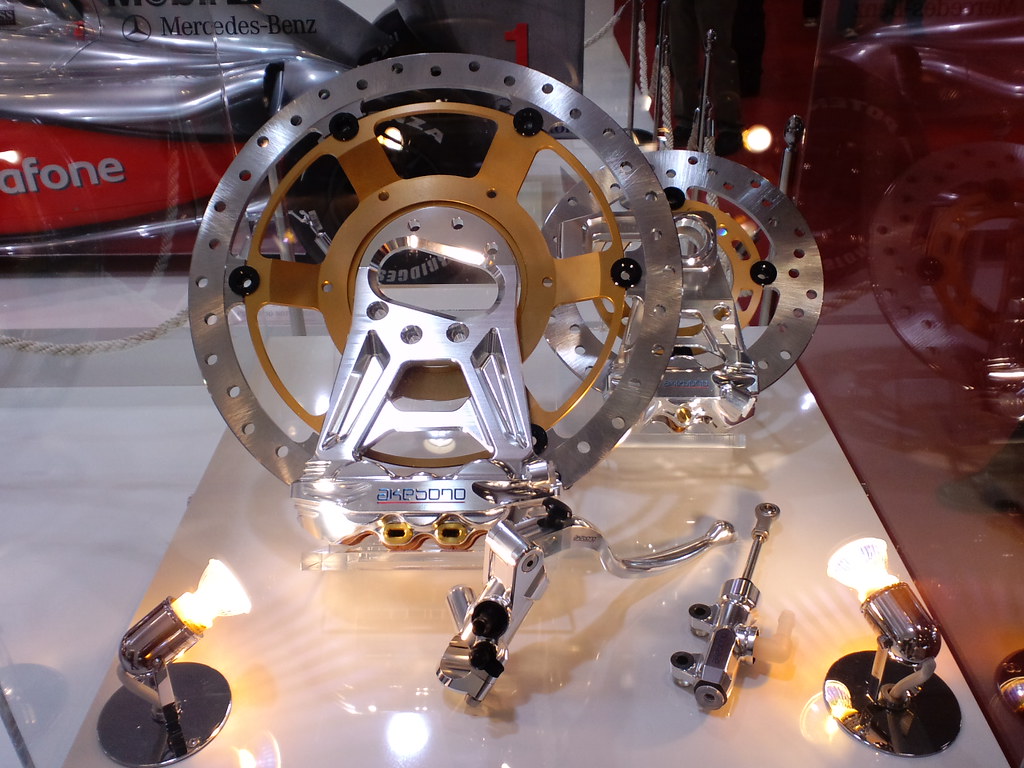
1. **Brake System Issues**A fully functioning brake system is essential for passing any vehicle inspection and, crucially, for your safety. Inspectors meticulously check multiple brake elements to confirm proper operation and adherence to safety standards. This goes beyond just stopping; it’s about stopping effectively and reliably every time.
Worn brake pads are a common culprit, needing a minimum thickness – typically ¼ inch for drum brakes and ⅛ inch for disc brakes. Warped rotors, which cause vibration and reduce effectiveness, are also frequent issues. Leaking brake fluid or damaged brake lines present immediate serious safety risks, often resulting in automatic inspection failure.
Watch for warning signs like persistent squealing, longer stopping distances, or a spongy brake pedal. To proactively avoid problems, schedule regular brake safety inspections. A qualified mechanic should measure pad thickness, inspect rotors for wear, and thoroughly check the brake fluid system for leaks. This preventive approach identifies issues before they escalate.
Read more about: The Road to Regret: 8 Sedans Owners Wish They Never Purchased
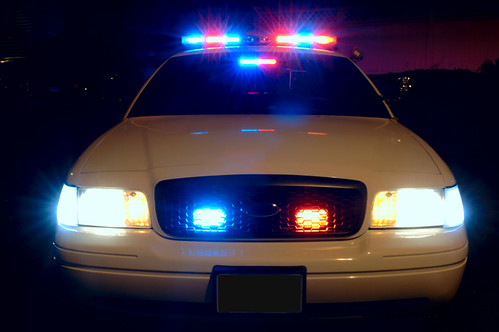
2. **Lighting and Electrical Problems**Failed lighting tests consistently rank among the top reasons for inspection failures. Non-working lights are a common cause, critical for your visibility and communicating intentions to other drivers. This includes headlights, taillights, turn signals, and even the license plate light.
Damaged or cracked light lenses can reduce output and allow moisture in. Headlight misalignment is another frequent problem; lights aimed too high can blind oncoming traffic, while those aimed too low reduce your nighttime visibility. These issues severely compromise safety.
Before inspection, systematically test all your vehicle’s lights: high and low beams, brake lights, turn signals, reverse lights, and license plate illumination. Promptly replace any burnt-out bulbs and address cracked or foggy lenses. Many auto parts stores offer free lighting checks, a valuable resource to identify problems early and ensure a pass.
Read more about: Urgent Samsung Alert: Unpacking the Battery Fire Hazard in Galaxy Note 9, S10, and Other Models After Charging Reports
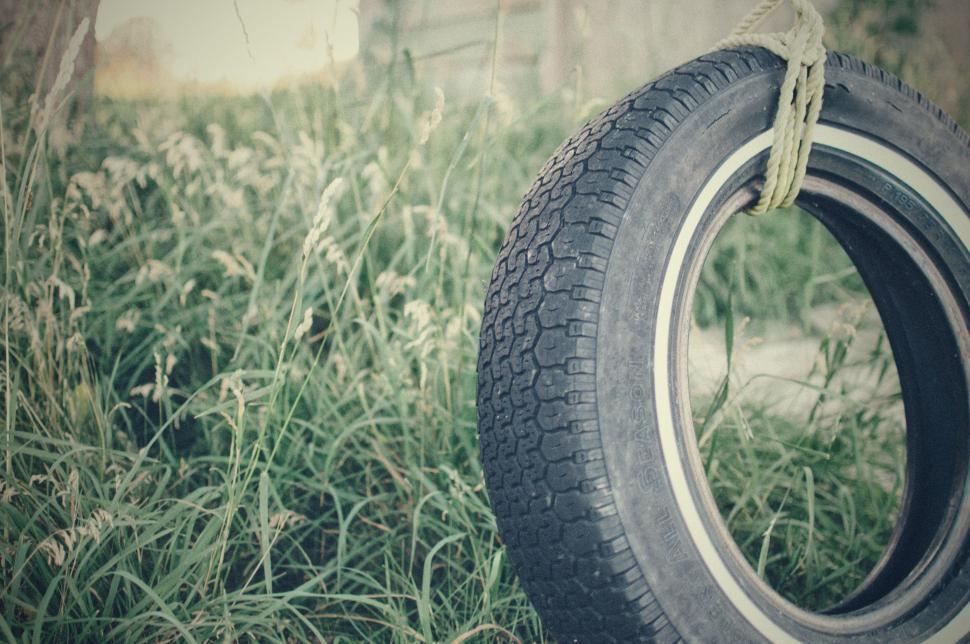
3. **Tire and Wheel Concerns**State inspection stations pay considerable attention to tire condition, as poor tires create major safety risks impacting stopping distance, traction, and stability. This makes tire health a non-negotiable aspect of vehicle roadworthiness.
Inspectors primarily check tread depth; tires must have at least 2/32 inch of tread remaining. The “quarter test” is a quick home check: if tread doesn’t reach Washington’s head, replacement is likely needed. They also look for uneven wear patterns, which often indicate alignment problems.
Additional red flags include visible sidewall damage, bulges, cuts, or exposed cords. Running mismatched tires on the same axle will also result in failure. To prepare, rotate tires every 5,000-7,000 miles, check pressure monthly, and maintain proper alignment. Replace worn tires promptly, always installing matching pairs on the same axle for balanced performance and safety.
Read more about: The Forgotten Challengers: 6 ’90s Sedans That Crashed and Burned Against BMW’s Dominance
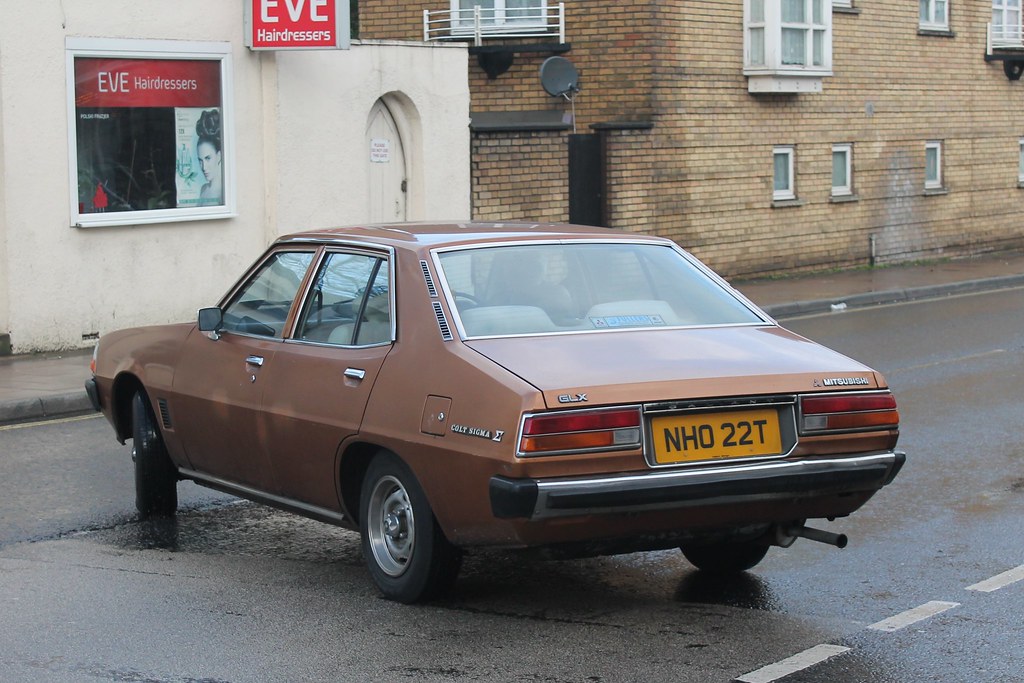
4. **Emissions System Failures**Failed emissions tests are a prominent cause of inspection failures, impacting air quality and vehicle performance. A lit check engine light is an automatic trigger for failure, indicating an issue with the complex emissions control system or other essential components.
Common issues include faulty oxygen sensors, which can disrupt the engine’s air-fuel mixture, and worn catalytic converters, designed to reduce harmful exhaust gases. If a catalytic converter is clogged or inefficient, your vehicle will not pass, potentially showing reduced engine performance and a sulfur smell.
Exhaust leaks also cause problems, allowing harmful gases to escape untreated. For post-1996 vehicles, On-Board Diagnostics (OBD-II) system checks are key; inspectors read stored error codes. Even after repairs, an OBD-II system showing “not ready” will fail, often requiring specific drive cycles to complete self-tests.
To prevent emissions failures, pay attention to warning signs like decreased fuel efficiency or rough idling. Schedule regular maintenance checks. If your check engine light illuminates, have a qualified mechanic read the codes and make necessary repairs promptly before inspection. Clean fuel injectors and replacing air filters as recommended also help maintain proper emissions function.
Read more about: Hold Up! 12 Electric Vehicles That Have Owners Wishing for a Do-Over

5. **Steering and Suspension Issues**State inspection stations meticulously test steering and suspension components because these intricate systems directly govern your vehicle’s control, handling, and ultimately, your safety on the road. Their scrutiny focuses on key parts that frequently lead to common inspection failures.
Worn ball joints are a significant red flag, creating dangerous looseness in wheel movement and compromising accurate steering. Similarly, damaged tie rods directly affect steering precision and wheel alignment. Faulty shocks or struts also raise immediate concerns, potentially causing pronounced bouncing, swaying, or uneven tire wear patterns.
Power steering fluid leaks, evidenced by spots on the ground, can point to worn hoses or pump issues, signaling potential loss of steering assist. To prepare, listen for unusual noises when turning or hitting bumps. Watch for uneven tire wear, steering wheel vibration, or the car pulling to one side. Schedule regular steering and suspension checks with a qualified mechanic to address issues proactively.
Read more about: The Road to Regret: 8 Sedans Owners Wish They Never Purchased

6. **Windshield and Wipers**Clear, unobstructed visibility is a top safety priority during state vehicle inspections. Inspectors scrutinize your windshield for cracks, chips, or other damage that could impede the driver’s view. A crack over six inches or a chip over one inch, especially in the driver’s line of sight, typically results in automatic failure.
The functionality of your windshield wipers is also strictly reviewed. Wipers must operate properly and maintain full contact with the glass. Inspectors look for torn or hardened blades, missing parts, or wipers that skip, streak, or chatter. The washer system must also be fully functional, spraying fluid effectively to clean the windshield.
To prepare, examine your windshield in good lighting; repair small chips quickly. Test your wipers with washer fluid; if they streak or chatter, replace the blades. Most auto parts stores stock replacements and can assist with installation. Always ensure your washer fluid reservoir is full before heading to the inspection station.
Read more about: Are You Driving a ‘Jerk’ Car? 14 Vehicles With Bad Driver Reputations
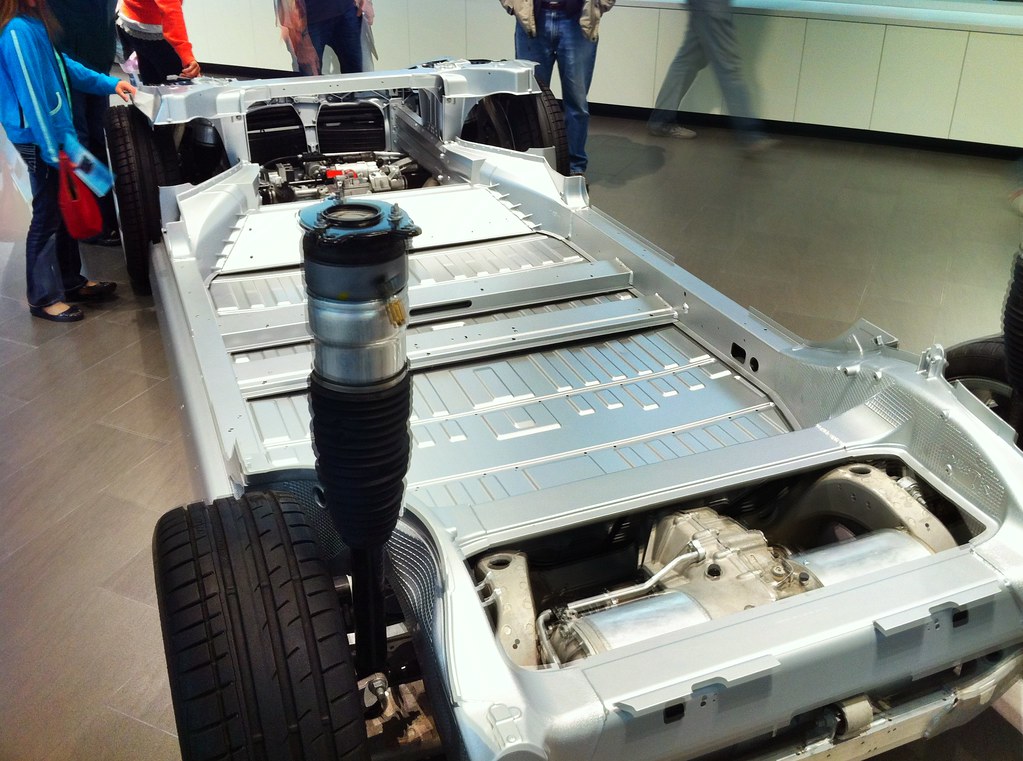
7. **Body and Frame Damage**Body and frame issues rank surprisingly high on inspection failure lists, highlighting their critical role in vehicle safety and structural integrity. Rust damage is a significant concern, particularly when it affects structural components or creates holes in the vehicle’s floor, trunk, or body panels. Advanced rust weakens support areas, leading to automatic inspection rejection due to compromised crashworthiness.
Inspectors also check for loose or damaged body parts that might detach during operation, posing a hazard. Common problems include unsecured bumpers, loose fenders, or faulty hood latches. Any evidence of frame damage from previous accidents—bends, cracks, or improper repair—will invariably result in failure, as a compromised frame severely impacts occupant protection.
To prevent failures, regularly check for rust, especially in wheel wells and under-body areas, addressing small spots with treatments. Promptly fix loose body components using proper mounting hardware. For accident damage, have repairs done by qualified body shops that document their work to restore structural integrity. Regular washing and waxing help protect against rust and maintain body integrity.
Navigating the complexities of state vehicle inspections can often feel like a guessing game, especially when it comes to those subtle issues that lurk beneath the surface. While the first part of our guide shed light on major mechanical and safety systems, there are still a handful of critical areas that frequently trip up even well-maintained vehicles. These hidden hazards, from the smallest drip to a forgotten gas cap, demand our attention. Let’s uncover the remaining common culprits behind inspection failures and arm you with the knowledge to tackle them head-on, ensuring your ride is truly roadworthy from bumper to exhaust tip.
Read more about: Navigating the Exactech Medical Alert: A Consumer Guide to Defective Joint Implants, Recalls, and Your Legal Rights
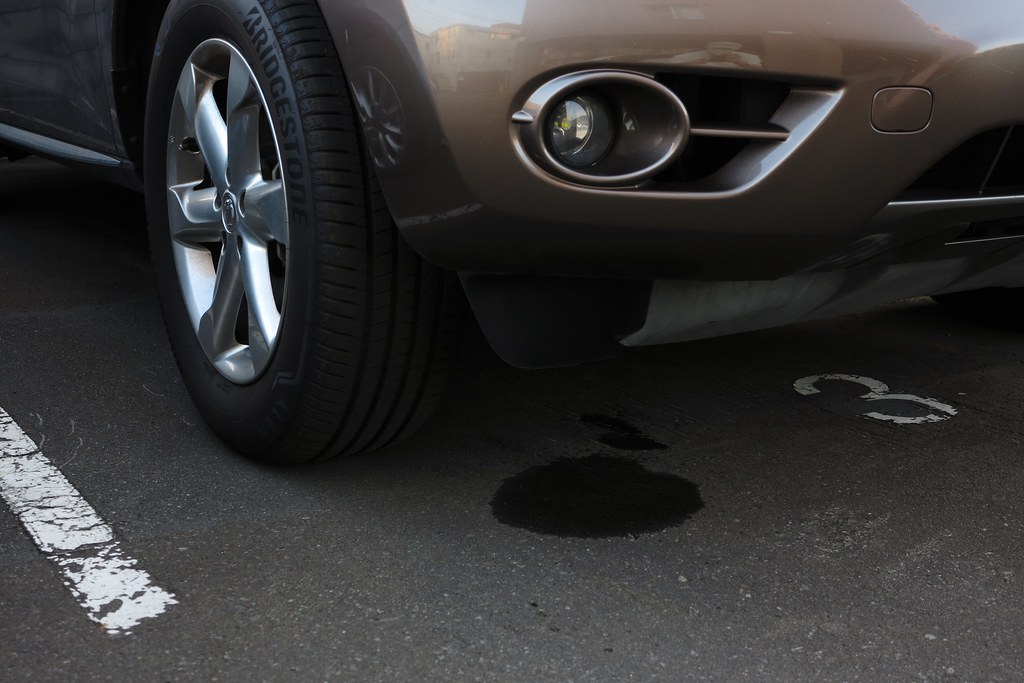
8. **Fluid Leaks**Various fluid leaks under your vehicle can unexpectedly lead to an inspection failure, as service stations meticulously check for any drips or puddles during testing. These often signal underlying mechanical problems that, if left unaddressed, could escalate into significant safety concerns. Among the most common culprits are engine oil spots on the ground, pointing to worn gaskets or damaged seals that require prompt attention from a qualified mechanic.
Beyond engine oil, inspectors look for other tell-tale signs. Transmission fluid leaks, for instance, appear as red or brown stains beneath the vehicle and frequently indicate worn transmission seals or compromised cooler lines. Coolant leaks are equally problematic, typically manifesting as green, orange, or pink puddles that might stem from damaged hoses, a faulty water pump, or a cracked radiator.
It’s crucial to understand that these leaks don’t merely lead to a failed safety inspection; they can pave the way for serious engine damage if not addressed promptly. To proactively spot potential issues before your inspection, try parking your car overnight on clean concrete or cardboard. Check for fluid spots the next morning, noting their color and location, as this valuable information helps mechanics pinpoint the source of the problem. Regular under-hood checks can also catch small leaks early, but remember that professional repair is always the best solution, as temporary fixes rarely meet inspection standards.
Read more about: Steer Clear: 9 Hybrid Models That Leave Owners Drowning in Regret

9. **Seatbelt and Airbag Issues**The integrity of your vehicle’s safety restraint systems stands at the absolute forefront of inspection requirements, a non-negotiable aspect of roadworthiness. Inspectors rigorously test every single seatbelt to verify proper locking, smooth retraction, and secure mounting. A belt that fails to click firmly into place, remains loose when pulled, or shows any signs of fraying will regrettably cause an immediate rejection, with no exceptions for any seating position.
Beyond the visible belts, airbag systems also undergo stringent scrutiny. An illuminated airbag warning light on your dashboard is a clear signal of system problems and will invariably lead to inspection failure. Furthermore, if airbags have been previously deployed, they must be properly replaced with factory-approved parts to pass. Some states even mandate documentation of professional airbag replacement after deployment, underlining the critical nature of these life-saving components.
To prepare your vehicle for inspection, make sure to test each seatbelt by pulling it quickly to ensure it locks as designed. Confirm that all belts retract smoothly back into their housings and that buckles latch securely with an audible click. Upon starting your vehicle, observe your dashboard: the airbag light should illuminate briefly and then extinguish after a few seconds. If it remains lit, it’s essential to have a certified mechanic scan the system for diagnostic trouble codes, as addressing these common safety inspection failures proactively can prevent unwanted surprises during your official test.
Read more about: The Road to Regret: 8 Sedans Owners Wish They Never Purchased

10. **Horn and Mirror Problems**Your vehicle’s horn and mirrors are not merely conveniences; they serve absolutely essential safety functions and, as such, receive close attention during state inspections. A non-working horn, for example, results in an automatic test failure, primarily because it prevents drivers from effectively warning others of potential danger. Inspectors will thoroughly check that your horn produces a clear, audible sound when pressed and is securely mounted to the vehicle, ready for immediate use.
Mirrors face a similar level of scrutiny during the inspection process. Most states legally require the presence of both side mirrors and an interior rearview mirror for a vehicle to pass. Common mirror issues that lead to failure include missing or loose side mirrors, damaged mirror glass with cracks or missing sections that obstruct visibility, and non-adjustable mirror mechanisms. Some states even extend their checks to the mirror mounting brackets, ensuring their stability and proper positioning.
Before heading to your inspection, take a moment to test your horn to confirm it works consistently and produces a strong, clear sound. Systematically check all your mirrors for secure mounting and ensure they provide a clear, unobstructed reflection. Give the mirror surfaces a thorough cleaning and inspect them closely for any cracks, chips, or areas where the reflective coating may have worn away. Should you spot any problems, remember that auto parts stores stock replacement horns and various universal mirror assemblies, and many mirror repairs can be completed quickly with just basic tools.
Read more about: Anguish on the Freeway: 15 Compacts Buyers Wish They Never Drove Off the Lot
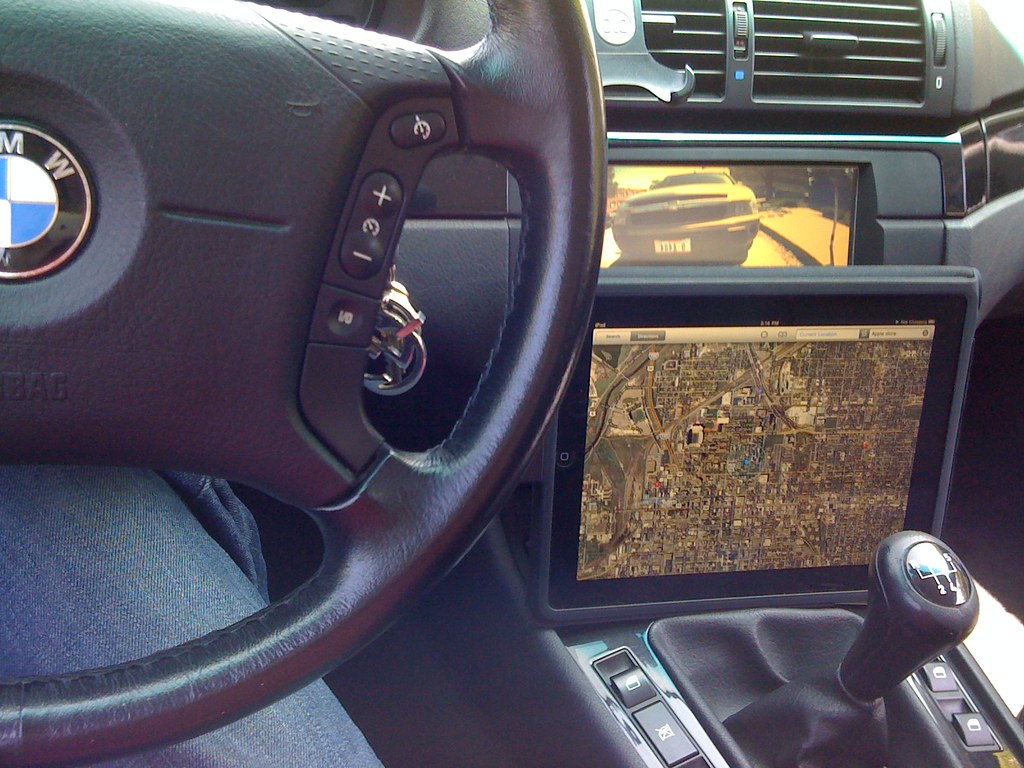
11. **Onboard Computer Not Ready**Even after you’ve diligently performed repairs to address previous issues, your vehicle may still fail an inspection if its On-Board Diagnostics II (OBD-II) system shows a “not ready” status. This common scenario often occurs if you’ve recently disconnected the battery, cleared diagnostic trouble codes, or replaced emission-related components just before your scheduled inspection appointment. The vehicle’s computer, in essence, needs time to re-learn and confirm that all its systems are functioning correctly.
The reason for this “not ready” state is that the vehicle’s computer must complete a series of self-tests, often referred to as “drive cycles,” to register that all emission-related components are operating normally. These intricate cycles involve specific driving conditions, speeds, and engine temperatures, which vary significantly depending on your vehicle’s make and model. Successfully completing these self-tests can sometimes take an extended period, potentially requiring 50 to 100 miles of mixed city and highway driving.
To avoid an automatic failure due to an unprepared OBD-II system, it’s a crucial practice to ensure your vehicle completes these necessary drive cycles well in advance of your inspection. If you’ve recently performed maintenance that involved disconnecting the battery or clearing codes, plan to drive your car for several days, accumulating enough mixed-driving miles to allow the system to reset and confirm its readiness. This proactive step helps guarantee that your vehicle’s crucial diagnostic systems are fully operational and ready for scrutiny.
Read more about: Hyundai-Kia Crisis: Towing Hitch Fire Risk Threatens Telluride and Palisade SUVs
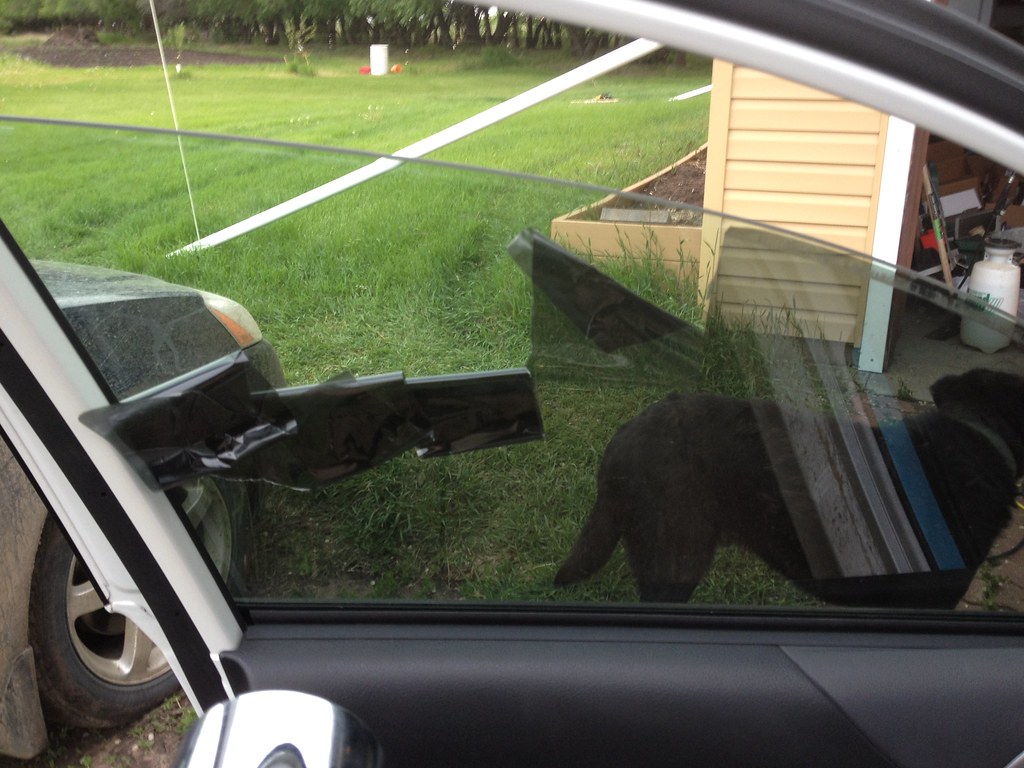
12. **Window Tint That Breaks the Rules**The allure of privacy and a sleek aesthetic often leads drivers to tint their windows, but it’s vital to remember that each state sets its own distinct limits for how dark or reflective your window tint can be. These regulations are not arbitrary; they are meticulously crafted to ensure adequate visibility for both drivers and law enforcement. For instance, Texas mandates a minimum of 25% visible light transmission on front side windows, while New York imposes even stricter rules, extending its scrutiny to rear windows as well.
The core reason for these regulations is safety. Tints that are excessively dark or overly reflective can significantly hinder visibility for the driver, particularly during nighttime driving or in adverse weather conditions, increasing the risk of accidents. Furthermore, they can impede law enforcement officers’ ability to see into a vehicle, posing potential safety concerns for them during traffic stops. Consequently, any tints that are found to be too dark or out of compliance with state laws will invariably result in a failed safety inspection.
To ensure your vehicle passes its inspection and adheres to local regulations, it is imperative to research and understand your specific state’s window tint laws before applying any film. If you’re unsure about your current tint, many auto accessory shops can measure the visible light transmission percentage to confirm compliance. Proactively addressing any non-compliant tint by having it professionally removed or replaced with a legal alternative is a simple yet crucial step to avoid an inspection failure and potential fines.
Read more about: 14 Interior Design Trends That Are Already Outdated in American Homes: What to Ditch Now for a Timeless Look
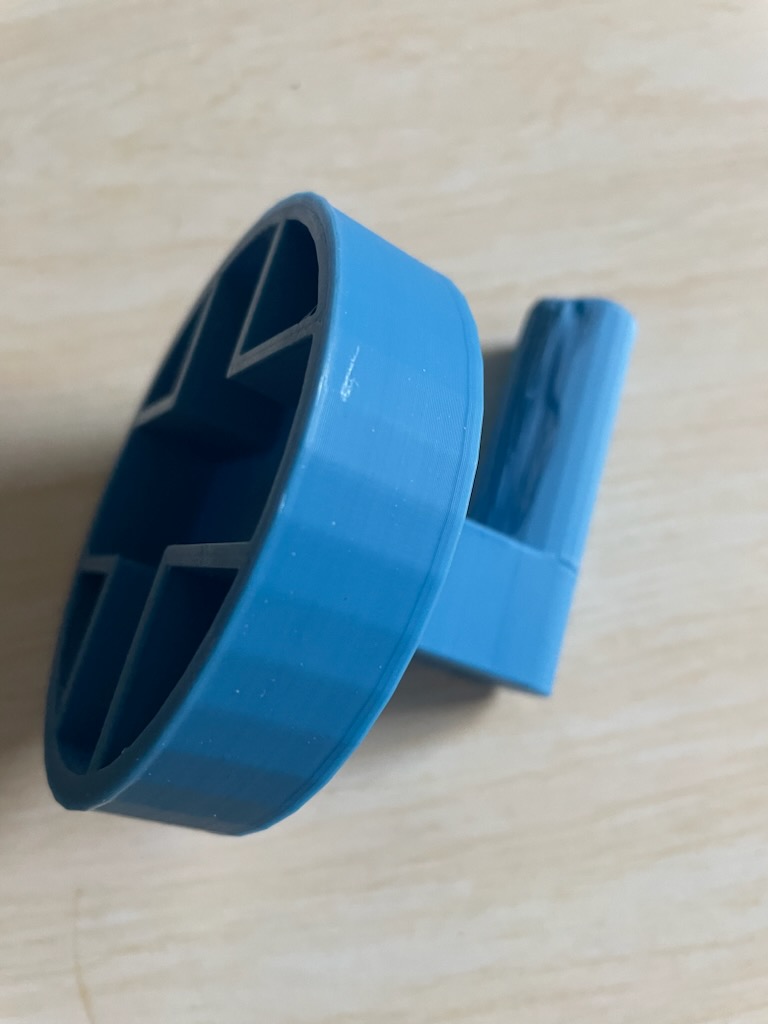
13. **Faulty Gas Cap**It might seem like a minor detail, but a faulty or improperly sealed gas cap can surprisingly be a direct cause of a failed state inspection, especially in states with rigorous emissions testing. This unassuming component plays a critical role in maintaining the integrity of your vehicle’s evaporative emissions control (EVAP) system. When a gas cap is loose, missing, or cracked, it allows fuel vapors to escape the tank, which the vehicle’s computer detects as a leak within the fuel system.
This vapor leak directly triggers the dreaded check engine light on your dashboard, a signal that, as we’ve discussed, is an automatic failure during many state inspections. What’s particularly frustrating is that many emissions failures are caused by something as incredibly simple and inexpensive as a non-sealing gas cap. It stands out as one of the cheapest and easiest fixes if caught and addressed in time, saving you from more complex diagnostic procedures and repairs.
Before your scheduled inspection, take a moment to ensure your gas cap is securely tightened, free from cracks, and not missing its seal. A quick visual check can often reveal obvious damage. If you suspect an issue, or if your check engine light illuminates, consider replacing your gas cap with a new, OEM-compliant one. This small, proactive step can prevent a significant headache, helping you avoid an automatic failure and ensuring your vehicle’s emissions system remains sealed and functional.
Read more about: Buyer Beware! Is Your Fitness Tracker Refusing to Charge? 15 Fixes Before You Toss It!
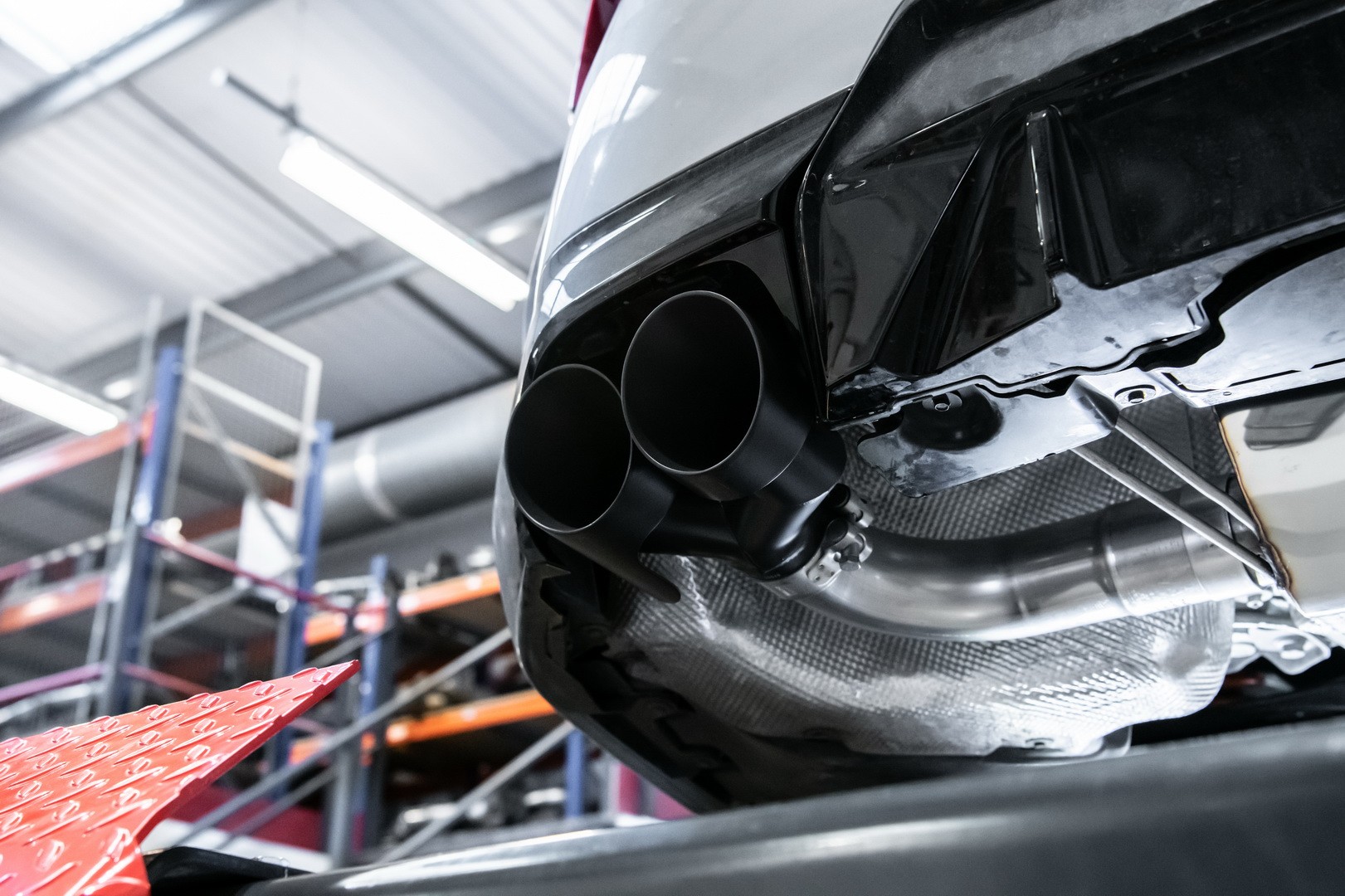
14. **Exhaust System Issues**The integrity of your vehicle’s exhaust system is far more critical than just managing engine noise; it’s a key component in both vehicle performance and emissions control. For your car to pass inspection, the exhaust system must be entirely leak-free and securely mounted from the engine to the tailpipe. Any compromises in this system, such as excessive rust, holes, or missing hangers, are significant red flags that can cause your vehicle to fail.
Inspectors also pay close attention to the sound your vehicle makes, listening for abnormal noise levels that can indicate problems within the exhaust system. A loud, rumbling, or hissing sound often points to issues like a damaged muffler, corroded exhaust pipes, or loose connections that allow harmful gases to escape prematurely. These leaks not only create an irritating auditory disturbance but also allow untreated exhaust gases to enter the atmosphere, bypassing the catalytic converter.
To prevent exhaust-related inspection failures, it’s wise to visually inspect your exhaust system regularly, especially during oil changes or tire rotations. Look for visible rust, cracks, or holes along the pipes, muffler, and catalytic converter. If you notice any hangers are missing or broken, address them immediately to prevent the system from sagging or becoming damaged. Should your vehicle start making unusual noises, have a qualified mechanic assess the exhaust system promptly, as early intervention can often prevent costly repairs and ensure a smooth inspection pass.
Read more about: Urgent Samsung Alert: Unpacking the Battery Fire Hazard in Galaxy Note 9, S10, and Other Models After Charging Reports
Successfully navigating a state vehicle inspection requires a comprehensive understanding of your vehicle’s systems, from the most obvious components to the often-overlooked details. By proactively familiarizing yourself with these 14 common failure points and committing to a schedule of regular maintenance, you are not just preparing for an annual test; you are actively investing in the safety, reliability, and longevity of your vehicle. Think of your pre-inspection checklist as a powerful tool, one that not only saves you time, money, and frustration but also grants you invaluable peace of mind, knowing your ride consistently meets all the necessary safety and environmental standards. Drive confidently, drive safely, and keep those wheels rolling smoothly with a little foresight and care.




